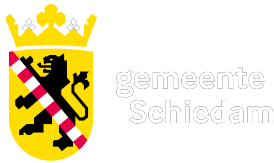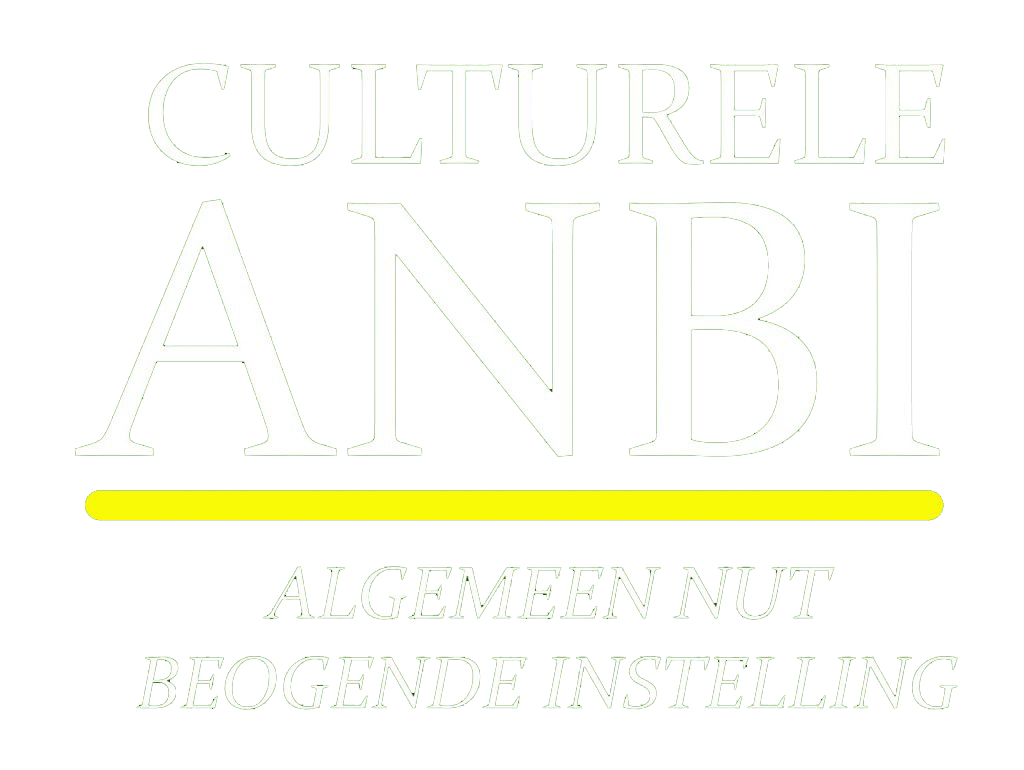Since 2014, Ruimte in Beweging is hosting the artists association Kunstwerkt in the gallery space. This new situation brought along with it genuine curiosity from both organizations towards each other’s art forms. In 2017 two artists from Kunswerkt, Rob van der Ven and Aldo Hoeben, came with a proposal to create an exposition that is dealing with the theme ‘movement’. The proposal turned more concrete after a couple of brainstorming sessions in 2018 between Liat Magnezy, Rob van der Ven and Aldo Hoeben.
Their ideas were brought into realization between 26 May and 23 June 2019 with an exposition in the gallery space, curated by Rob van der Ven presenting works from: Walter Brokx, Nico Parlevliet, Diederik Klomberg, Aldo Hoeben, Michiel van Bakel and Rob van der Ven.
Next to that, in the main hall of the location Ruimte in Beweging, a seven days research project took place based on the concept ‘Fluidic time’ written by Aldo Hoeben:
Slit-scan photography is a technique that can be used to create static images of time-based phenomena (1). In traditional film photography, slit-scan are images that created by exposing film as it slides past a slit-shaped aperture. In the digital realm, thin slices are extracted from a sequence of video frames and concatenated into a new image.
With current computer graphics, it is possible to create a slit-scan video which uses a buffer of full image frames from which composited frames are synthesized to create a video (2). In this slit-scan video, each consecutive frame can contain slices of many different moments in time. For example, the video on the left part of the frame could be a couple of seconds behind the right part of the frame.
By applying the slit-scan video technique to real-time video of a dancer in motion, and showing the resulting synthesized video to the audience in parallel to the dance performance, an interaction between the dancer and his or her time-shifted projection will be created that can be both aesthetically pleasing and interestingly confusing.
The time displacement effect is combined with real-time light painting. Light painting in photography is a technique where a long exposure photo is taken of a dark scene with a moving point light. In the resulting image, the light point will have made a trail (3). If point-lights (such as controllable LED’s) are attached to the body of a dancer, a light-painted still image can be created capturing the movement of the dancer (4). Real-time digital techniques allow the light-painting technique to be shown in motion, as the dance moves.
As part of the project, a software application will be created to let the choreographer and the visual artist manipulate the time displacement of the video of the dancer, recorded in real time. A further time displacement layer can be added by combining real-time footage with pre-recorded footage of the same dancer in the same location. The light painting and time displacement parameters will be controllable to create an effect that optimally interacts with the dance performance.
On Sunday, June 23 Magnezy and Hoeben presented a multidisciplinary installation performance. In the presentation performer, Federica Panariello, was placed in front of two mesh screens, two video camera’s and a projector. The live recorded images were processed and manipulated creating playful interactions between the dancer and the live projected images.
Rob van der Ven was there to support, think with us and create the set.



